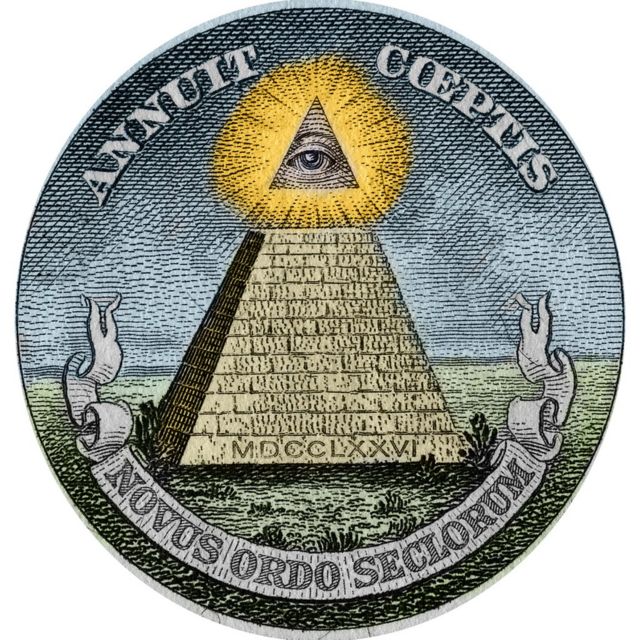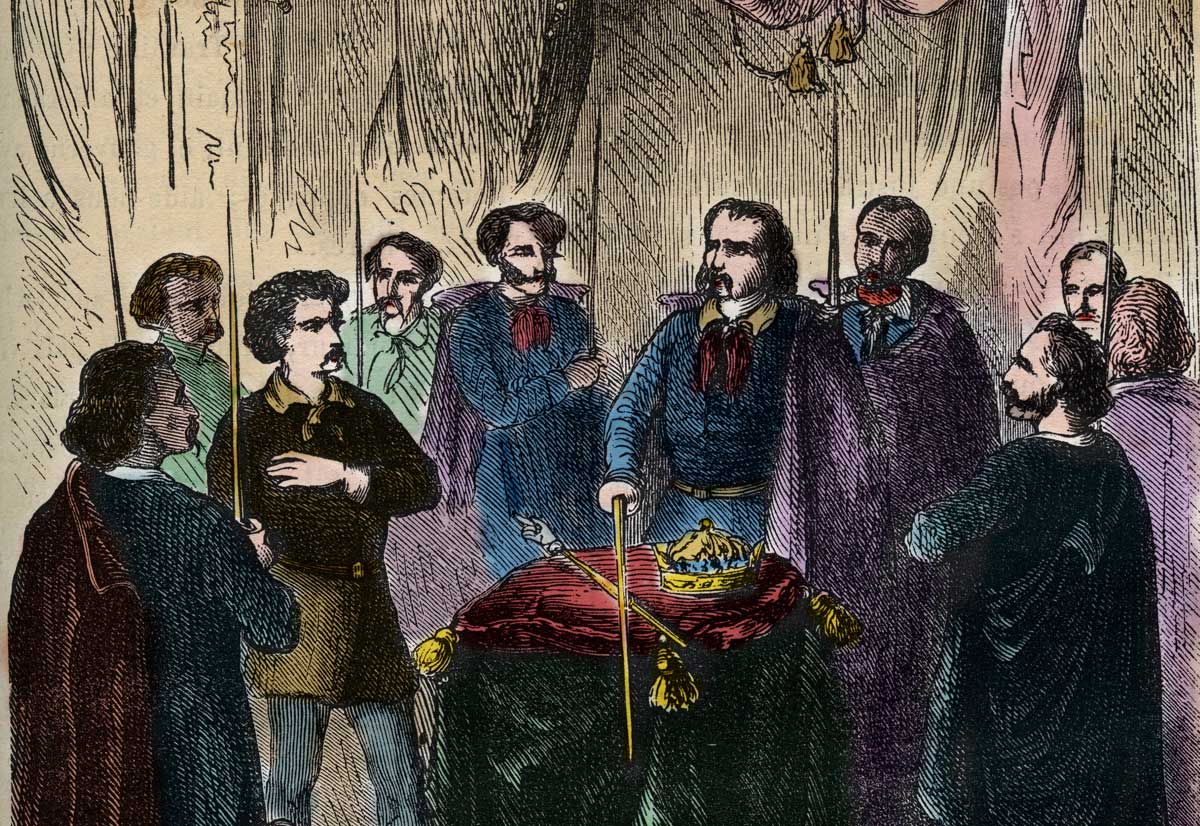Introduction

For centuries, the Illuminati society has captivated the imaginations and fueled the curiosity of those seeking to understand the hidden workings of the world. Cloaked in secrecy, this clandestine organization has become a subject of fascination and speculation, inspiring countless conspiracy theories and becoming synonymous with mystery and intrigue. In this article, I will attempt to shed light on the enigmatic Illuminati society, separating fact from fiction and exploring its historical origins, alleged influence, and controversial significance.
Historical Origins

The roots of the Illuminati can be traced back to the 18th century Bavaria, Germany. Founded on May 1, 1776, by Adam Weishaupt, a professor of law, the Illuminati was initially a secret society committed to promoting enlightenment ideals and intellectual freedom. Weishaupt's vision was to challenge the oppressive power structures of the time and encourage critical thinking and rationality. However, the society's activities and intentions soon became the subject of suspicion and speculation.
Alleged Influence and Power
Over the years, the Illuminati society has been accused of wielding immense power and influence over world events. Conspiracy theories suggest that the society has infiltrated governments, financial institutions, and influential organizations, manipulating world affairs to serve its own clandestine agenda. These claims range from controlling the global economy to engineering political upheavals and even influencing popular culture.
Symbols and Hidden Messages
Central to the lore surrounding the Illuminati are its symbols and alleged hidden messages. The most recognizable symbol is the eye within a triangle, commonly referred to as the "All-Seeing Eye." It is believed to represent knowledge, enlightenment, and the society's watchful presence. Other symbols, such as the owl and the pyramid, have also been associated with the Illuminati, sparking interpretations and speculations about their deeper meanings.
We know everything.
 Email
Email Twitter
Twitter